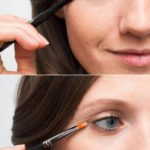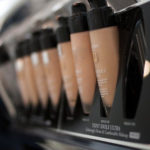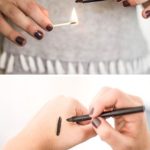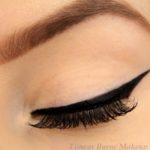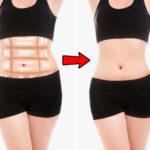Eyeliner is an essential part of a woman’s makeup routine, adding definition and allure to the eyes. Let’s explore the world of eyeliner, its various forms, and a simple guide to applying it.
1. What is Eyeliner?
Eyeliner is a cosmetic product used to define the eyes by lining the eyelids. It may seem like a simple step, but it can transform the entire look of a person, adding depth and allure to the eyes.
Eyeliner has evolved to offer a wide range of styles, colors, and textures to cater to diverse needs and preferences.
 The diverse range of eyeliner options
The diverse range of eyeliner options
2. Most Commonly Used Eyeliners
Gel/Cream Eyeliner
This type of eyeliner usually comes in a small pot or jar, with a gel-like consistency. It is often paired with a smoky eye look, creating a sultry and captivating appearance.
Pros: Gel eyeliner is easy to apply and has excellent staying power. It glides smoothly and can last all day without smudging.
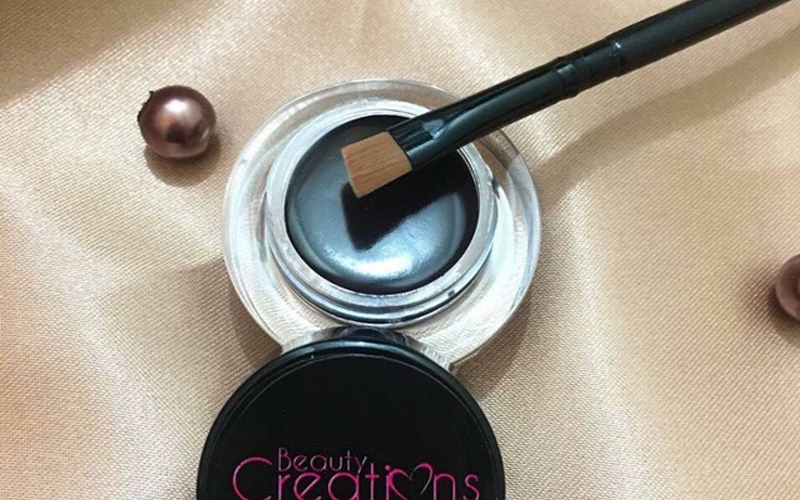 Gel eyeliner
Gel eyeliner
Cons: It requires a separate brush (preferably with a fine tip or angled brush) for application. Over time, the gel may dry out and harden, making it challenging to apply smoothly.
Additionally, due to its matte finish, it can be difficult to layer, and removing it may require extra effort.
Best for: Experienced users who can work with its unique texture and those who use it regularly to prevent drying out.
Pressed Powder Eyeliner
Pressed powder eyeliner comes in compact cases, with single or multiple shades. Besides lining the eyes, it can also be used as an eyeshadow.
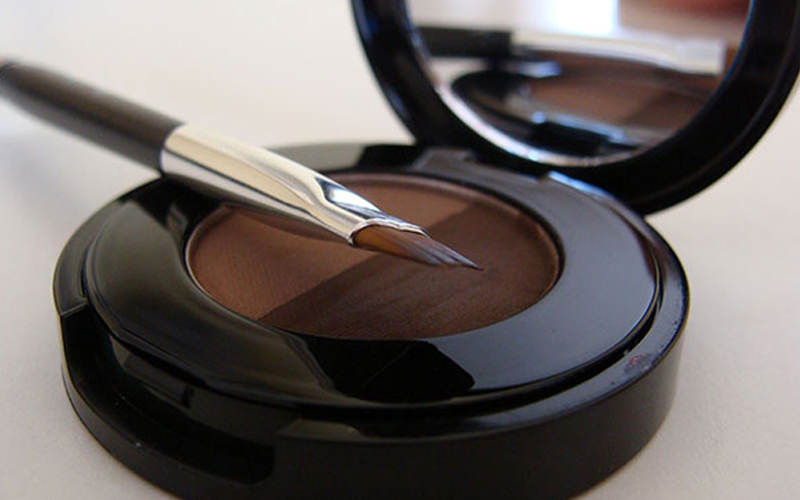 Pressed powder eyeliner
Pressed powder eyeliner
Pros: It offers easy control over intensity, creating a smooth and subtle effect. The powder formula provides a natural finish that is neither too dry nor too wet.
Cons: It requires skill and an understanding of color blending to achieve the desired effect. Therefore, it is best suited for professional makeup artists or experienced individuals.
Pencil Eyeliner
Pencil eyeliners typically have a wooden or plastic body and can be sharpened as needed. They are versatile and can be used for lining the upper and lower lids, waterline, and even as an eyeshadow.
Pros: They are multipurpose and come in a variety of colors to suit different makeup styles. Their compact size makes them convenient for on-the-go touch-ups.
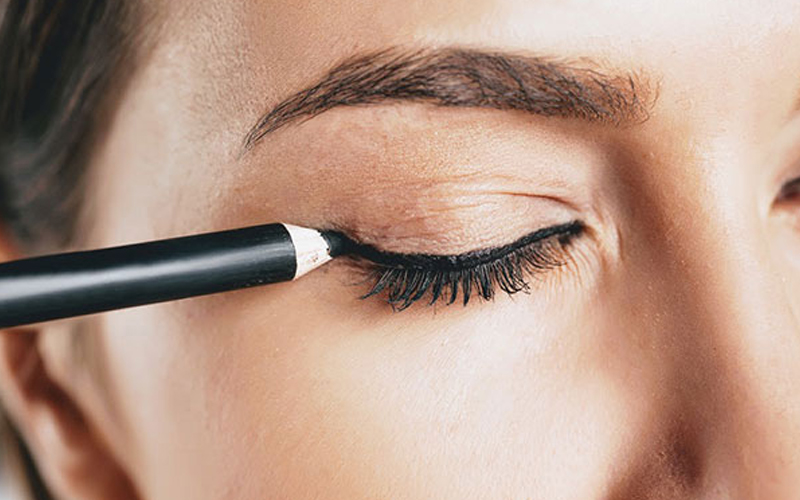 Eyeliner application with a pencil liner
Eyeliner application with a pencil liner
Cons: The color may appear faint and prone to smudging, and a primer is often needed for better staying power. Regular sharpening is required to maintain a fine point without being too sharp or too dull.
Best for: Beginners as it is the easiest to use and control.
Twist-up Eyeliner (Eyeliner Pencil)
This is the newest type of eyeliner, similar to the pencil liner but with a twist-up mechanism, resembling a lipstick. It is usually small and compact, with a plastic body and a twist-up tip.
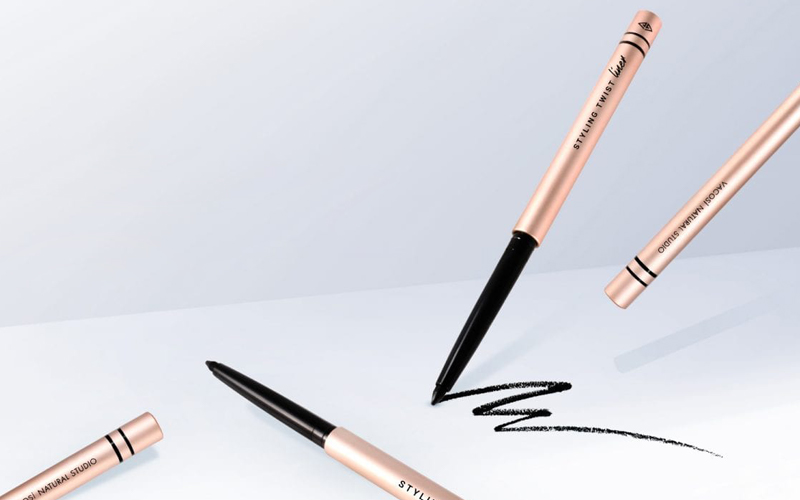 Twist-up eyeliner
Twist-up eyeliner
Pros: It saves time and effort as there is no need for sharpening, and it offers better staying power than a traditional pencil liner. The blunt tip makes application easier, and it can also be smudged with fingers or a brush for a softer look.
Cons: The blunt tip may result in a thicker line, which is not ideal for creating fine lines. The tip may break if too much pressure is applied.
Best for: Beginners and those who prefer a quick and easy application.
Felt-tip Eyeliner (Pen Eyeliner)
This eyeliner has a small, pen-like body with a felt tip and a cap. It is often water-based and provides a precise application.
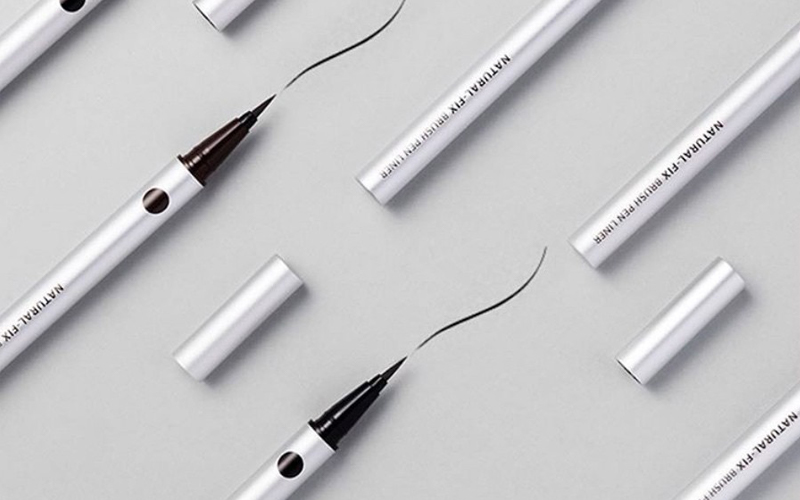 Felt-tip eyeliner
Felt-tip eyeliner
Pros: The firm felt tip ensures precise and crisp lines, and it dries quickly. It delivers high-quality color payoff, similar to gel liners.
Cons: It cannot be used on the lower lash line and does not work well for tightlining. It may create a jagged line if not used properly or if the tip dries out.
Best for: Those who already have some experience with makeup and are comfortable with their application skills.
Liquid Eyeliner
Liquid eyeliners usually come in a small bottle with a thin brush or felt tip attached to the cap. They are often used to create bold and dramatic looks, such as the classic cat-eye.
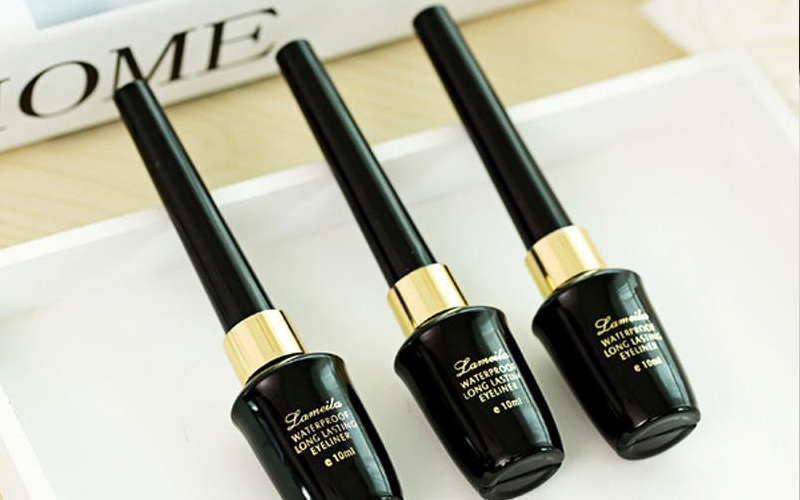 Liquid eyeliner
Liquid eyeliner
Pros: Liquid eyeliners create thin, defined lines with intense color payoff. They are long-lasting and smudge-proof.
Cons: They can be difficult to work with due to their liquid consistency and require a steady hand. They are also not suitable for lining the lower lash line.
Best for: Those who are comfortable with makeup and enjoy creating bold and dramatic looks, especially for special occasions.
3. Basic Eyeliner Application Guide
The key to a successful eyeliner look is to create a smooth line that hugs the lash line without smudging. While each eyeliner type has its unique characteristics, the basic application steps are similar:
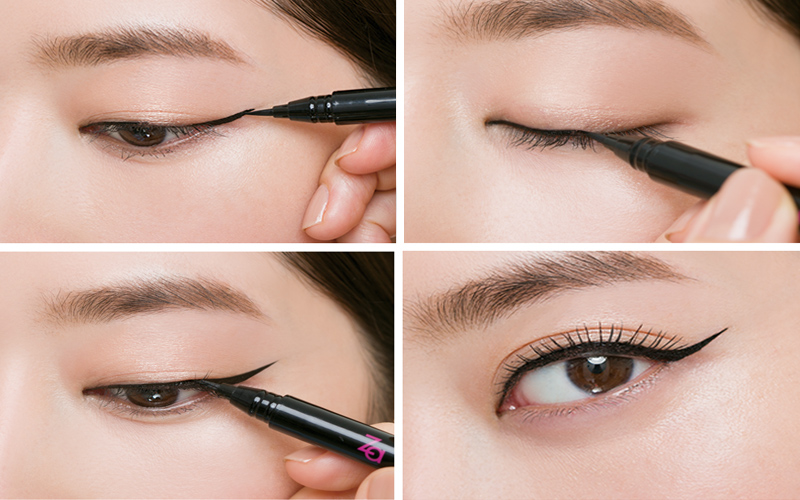 Steps for applying eyeliner
Steps for applying eyeliner
We hope this guide has provided valuable insights into the world of eyeliner, its various types, and a basic application technique. Happy experimenting with your makeup looks!

























